Dr. Erin Elster is an Upper Cervical Chiropractor that has produced many peer reviewed articles on Upper Cervical Chiropractic and conditions like Multiple Sclerosis and Parkinson’s Disease such as, "Upper cervical chiropractic management of a patient with Parkinson's disease: a case report".
This week Dr. Evans posted a Facebook live video reviewing this paper, published in the Journal of Manipulative and Physiological Therapeutics in 2000, is a case report she produced on the successful management of Parkinson’s Disease in a 60-year-old male with Upper Cervical Chiropractic Care.
The patient in Dr. Elster's paper was a male that was diagnosed with Parkinson's disease at age 53 after a twitch developed in his left fifth finger. “He later developed rigidity in his left leg, body tremor, slurring of speech, and memory loss among other findings”.
Parkinson’s Disease affects the central nervous system, by destroying the substantia nigra. The substantia nigra sends messages to secrete dopamine in the brain. It is possible that this lack of dopamine allows the brain to send continuous excitatory signals. This constant signal induces Parkinson's symptoms such as rigidity and tremors. It is hypothesized that Parkinson’s Disease symptoms begin to appear after 80% of the dopamine producing cells in the substantia nigra are destroyed.
Parkinson’s Disease symptoms present as a tremor of the hand on one side of the body and over time, resting tremors develop and can be accompanied by slowness, stiffness, and lack of arm swing on the affected side.
The use of the Unified Parkinson's Disease Rating Scale (UPDRS) was used to monitor the progress of the patient by a movement specialist. The UPDRS entrance symptoms of the patient were tremor, rigidity, and depression as well as a dragging left foot. “According to a comparison between beginning and final UPDRS evaluations, this patient showed an overall improvement of 43% after the third month of care”.
An important piece of this paper is a recognition that the patient had a previous history of traumatic head and neck injuries. An association is drawn by Dr. Elster that head and neck injuries may precede the onset of some chronic neurodegenerative diseases like Parkinson’s disease. Dr. Elster points out that this patient had a history of six prior head and neck injuries that were from concussions in football and motor vehicle accidents.
Within the medical literature there is a large amount of evidence that supports a trauma induced etiology for Parkinson’s Disease. However, the medical literature does not define the mechanism for the onset of Parkinson’s Disease. In this paper Dr. Elster proposes a mechanism of onset that has to do with an injury to the Upper Cervical spine. That then sends poor messages to the brain about what’s going on with the body, this is called mechanoreception. Mechanoreceptors are sensors within the body that sense pressure and distortions in position of the joints in the spine.
This paper shows successful outcomes of a patient with Parkinson’s Disease treated with upper cervical chiropractic care. At the time it was written, this was the first case report involving chiropractic and Parkinson’s disease in the medical literature. Further investigation into traumatic injury of the upper cervical spine as a possible etiology of Parkinson's disease should be pursued.
Here is a link to the paper: https://www.ncbi.nlm.nih.gov/pubmed/11050615



